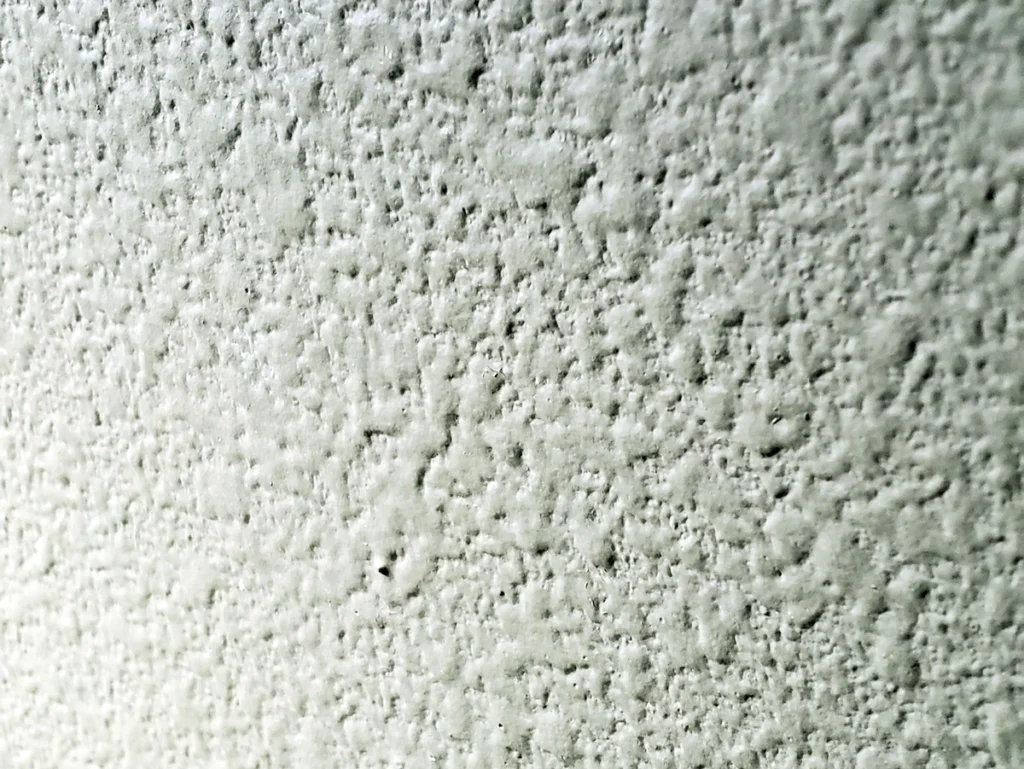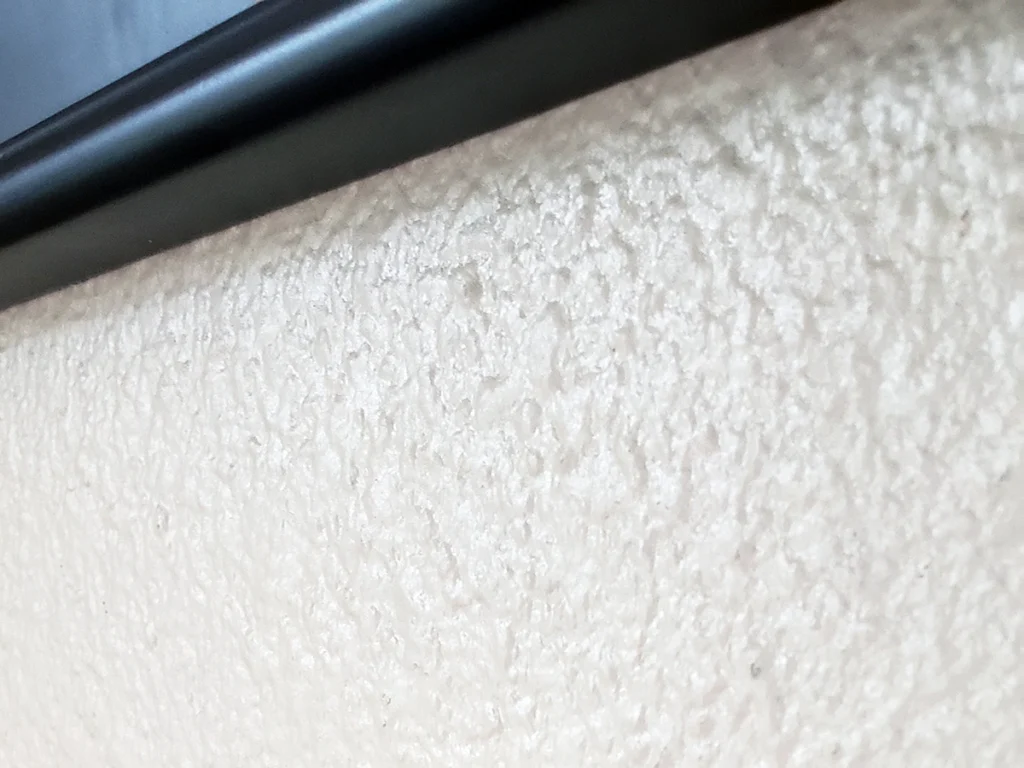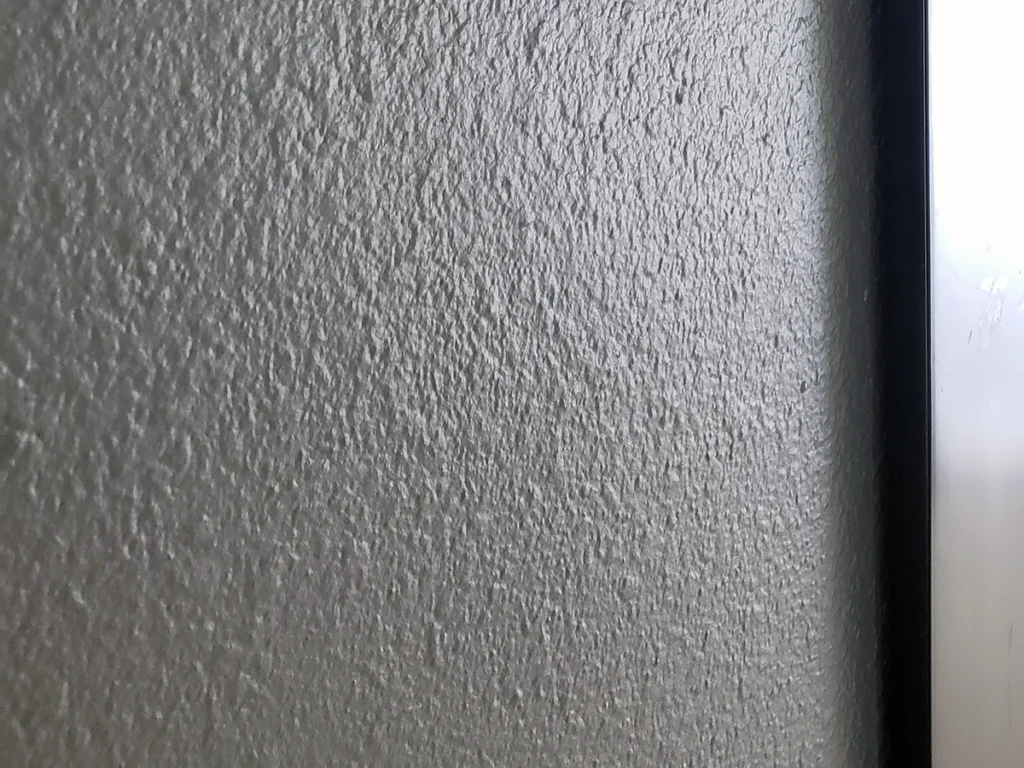There are several different types of paint sheen or gloss levels, each with its unique characteristics and recommended uses. Though it comes down to personal preference, not all sheens perform the same on any wall. Matte or flat paint is a great example. Though it offers a more modern look, cleaning it will be a challenge.
What to consider when choosing a paint finish
When choosing a paint finish for your walls, several factors should be taken into consideration. It’s to good enough to choose just the. color without understanding low light reflects on walls, how much abuse the newly painted surface might take, or the general ability to clean the painted surface.
Some considerations for selecting a paint finish include:
- Room type and use
- Traffic frequency
- Light transmission or window space
- Surface texture or design
By room type
First, think about the type of room the walls are in. Different rooms have different requirements depending on their use. For example, bathrooms and kitchens are exposed to water, humidity, soap, and grease, making it important to choose a finish that can withstand these elements. High-gloss finishes are typically recommended for these areas due to their ability to resist moisture and stains.
By traffic
Consider the amount of foot traffic in the room as well. Rooms that experience high traffic may benefit from a more durable paint finish to maintain their appearance over time. Rooms that experience high foot traffic can benefit from more durable, higher-sheen paint finishes. The texture of the walls should also influence your choice of finish. Smoother walls may be more forgiving with glossier finishes, while textured walls might benefit from a flat or matte finish that helps to conceal imperfections. Think about the room’s purpose too. If the walls are prone to getting dirty or require frequent cleaning, opting for a higher sheen finish can make maintenance easier.
By light or location
Take into account the natural light. The sheen of the paint can affect how light reflects in the space, with flat finishes creating a more subdued look and glossier finishes enhancing brightness. natural light entering the room and the desired visual effect. Flat finishes can create a more subtle look by absorbing light and making walls appear recessed, while glossy finishes can reflect light and make the space feel brighter and more spacious.
By surface texture
The texture of the walls can impact the choice of paint finish. Flat finishes are better at hiding imperfections and nuances in the wall texture, making them suitable for walls with cracks or uneven surfaces. Matte finishes can also help to minimize the appearance of flaws.
What are the types of paint finishes?
Here is an overview of the most common types of paint sheen and where they are most often used:
Flat or Matte Paint Finish
Flat or matte finishes are non-reflective and have a velvety appearance. They are great for hiding imperfections on walls and ceilings and are often used in low-traffic areas like bedrooms, dining rooms, and formal living rooms. Though flat paint finishes will not show imperfections, because they don’t reflect as much light, they tend to make rooms appear cozier.

Eggshell Paint Finish
Eggshell finishes are similar to flat or matte finishes but have a slight sheen that is reminiscent of the surface of an eggshell. They are also good for hiding imperfections and are more durable and easier to clean than flat finishes. They are often used in living rooms, dining rooms, and bedrooms. Eggshell is a commonly used interior paint because it bridges the gap between hiding flaws and it’s ability to accept being cleaned more easily than matte finishes.

Satin Paint Finish
Satin finishes have a smooth, velvety appearance and a low to medium sheen. They are more durable and easier to clean than flat or eggshell finishes and are often used in high-traffic areas like kitchens, bathrooms, and hallways. Satin paint is another commonly used interior paint because it’s easy to clean but not too shiny that it’s distracting. Satin is also often used as exterior paint as well because it is the “do everything” type of finish that can resist dirt build up more easily.

Semi-Gloss Paint Finish
Semi-gloss finishes have a shiny appearance and a moderate sheen. They are very durable and easy to clean and are often used in high-moisture areas like bathrooms, kitchens, and laundry rooms. They can also be used for trim, doors, and cabinets.
Trim or door and window molding is an especially good place to use semi-gloss paint. Dirt from hands and scrapes around thresholds can be easily cleaned or repaired when touching up a semi-gloss surface.
Gloss (or High-Gloss)
Gloss finishes have the highest sheen of all the paint sheens and have a reflective, almost mirror-like appearance. They are very durable and easy to clean, making them ideal for high-moisture areas and for trim, doors, and cabinets. However, their high sheen can also highlight imperfections, so they are often not used on large surfaces like walls.
Note: Avoid using multiple paint finishes on the same surface. While there is a potential to get a particular look if properly applied, different sheens will be very obvious when light shines on them from an angle.
What is the best paint finish by room?
Because the finish or gloss level of paint can affect both the appearance and durability of painted walls. Different types of rooms may have different requirements for paint sheen depending on their purpose and the amount of traffic they receive. A paint’s composition plays an important role in its durability so you must choose a paint that will hold up to the type of room it is being applied to.
Here are some benefits and differences of paint sheen for interior walls by room type:
Paint finishes for a living room or family room
A flat or eggshell finish is usually best for living rooms, as they provide a smooth, matte appearance that hides imperfections well. They also don’t reflect much light, which can help create a cozy atmosphere. However, if you have young children or pets, a satin finish may be a better option as it is more durable and easier to clean.
Best finishes for kitchens
Kitchens tend to have a lot of moisture and high traffic, so a satin or semi-gloss finish is typically recommended. Aerosolized oil from cooking will also add a microscopic coating to the paint. Sating or semi-gloss finishes are more resistant to moisture and are easier to clean, which is important in a room where spills and splatters are common. Semi-gloss paint also reflects more light, which can help brighten up the space.
Ideal bathroom paint finishes
Like kitchens, bathrooms are also high-moisture areas that require paint with good durability and resistance to moisture. A semi-gloss or high-gloss finish is recommended for bathrooms as they are more resistant to mildew and can be easily wiped clean.
Bedroom paint finishes
Bedrooms are spaces where people usually want a calming and relaxing atmosphere, so a flat or eggshell finish is generally preferred. These finishes provide a smooth, non-reflective appearance that helps to create a peaceful atmosphere. However, if the bedroom is used as a home office or for other activities that require a more durable surface, a satin finish may be a better option.
Dining rooms
Satin or eggshell finishes are popular choices for dining rooms as they provide a subtle sheen that reflects light, giving the room a warm and inviting glow. Both also offer good durability and are relatively easy to clean, which is ideal for a space where food and drinks are served.
If you’re looking for a more sophisticated look, a matte or flat finish might be a good option. The smooth, non-reflective appearance creates a more modern and formal look, however, they may not be as durable as satin or eggshell finishes, and they can be more difficult to clean.
Hallways and entryways
Hallways and entryways often receive a lot of traffic and are more prone to scuffs and marks. As a result, a satin or semi-gloss finish is often recommended as they are more durable and easier to clean than flat or eggshell finishes.
Overall, the type of paint sheen you choose for each room in your home will depend on the specific requirements of that room. Consider factors such as moisture, traffic, and the desired atmosphere when making your decision.
What makes paint shiny?
The shininess of paint (the paint finish) is determined by the ratio of resin to pigment in the paint. The resin is the binder that holds the pigment together and gives the paint its smooth, glossy finish. The pigment is the solid, powdery material that gives paint its color.
A higher ratio of resin to pigment will result in a shinier finish. This is because the resin will fill in the gaps between the pigment particles, creating a smooth, reflective surface. A lower ratio of resin to pigment will result in a flatter finish. This is because the pigment particles will be more exposed, creating a rougher, less reflective surface.
In addition to the ratio of resin to pigment, the shininess of paint can also be affected by the following factors:
- The type of resin used in the paint. Some resins are more reflective than others.
- The viscosity of the paint. A more viscous paint will be more likely to form a smooth, glossy finish.
- The smoothness of the surface that is being painted. A smoother surface will reflect light more evenly, resulting in a shinier finish.
The shininess of paint is also affected by the way that the paint is applied. A well-applied coat of paint will be more likely to have a smooth, glossy finish.
Here is a table of the different types of paint finishes and their corresponding PVC (Pigment Volume Concentration):
| Paint Finish | PVC |
|---|---|
| Flat | 40% or higher |
| Eggshell | 35-40% |
| Satin | 30-35% |
| Semi-gloss | 25% |
| Gloss | 15% |
As you can see, the glossier the paint finish, the lower the PVC. This is because a lower PVC means that there is less pigment in the paint, which allows the resin to form a smoother, more reflective surface.
